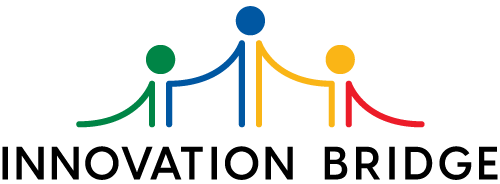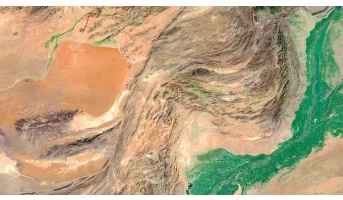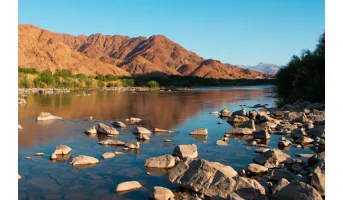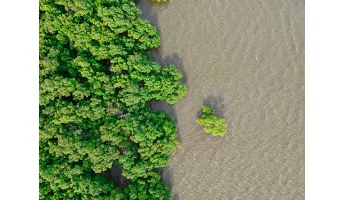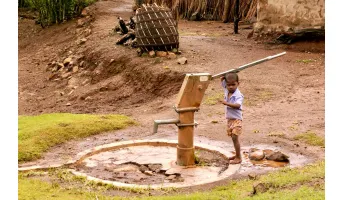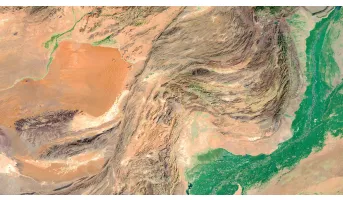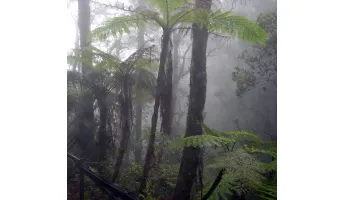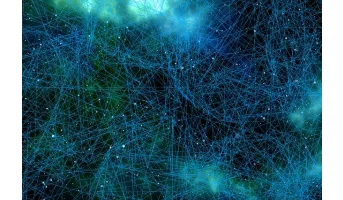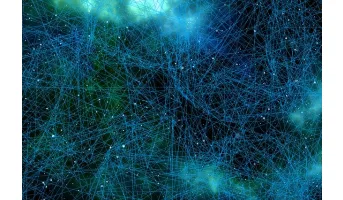![]()
Goal 6: Clean water & sanitation
Ensure availability and sustainable management of water and sanitation for all
Too many people still lack access to safely managed water supplies and sanitation facilities. Water scarcity, flooding and lack of proper wastewater management also hinder social and economic development. Increasing water efficiency and improving water management are critical to balancing the competing and growing water demands from various sectors and users.

